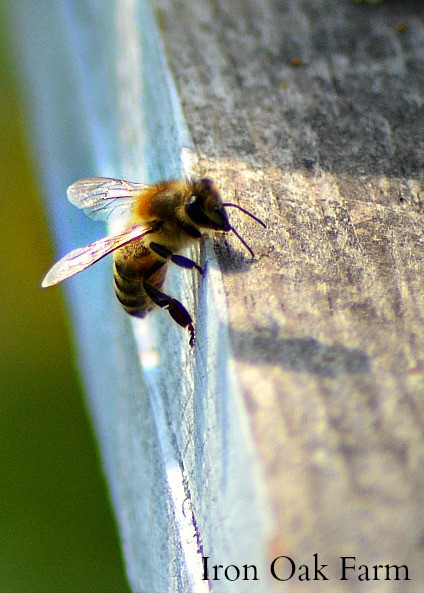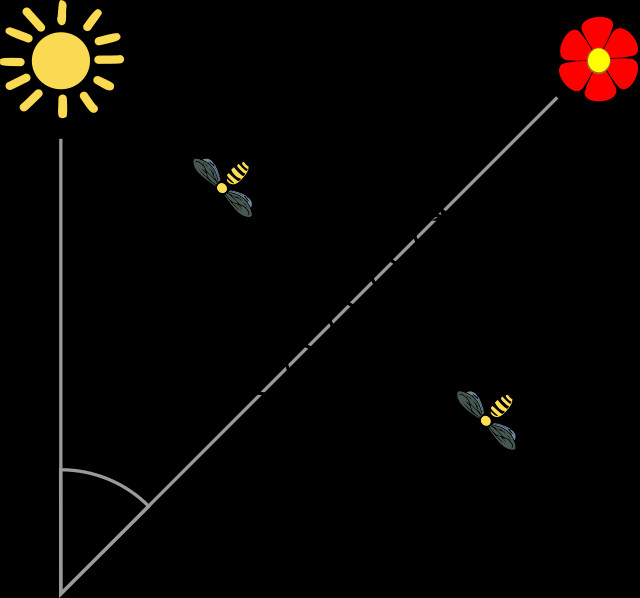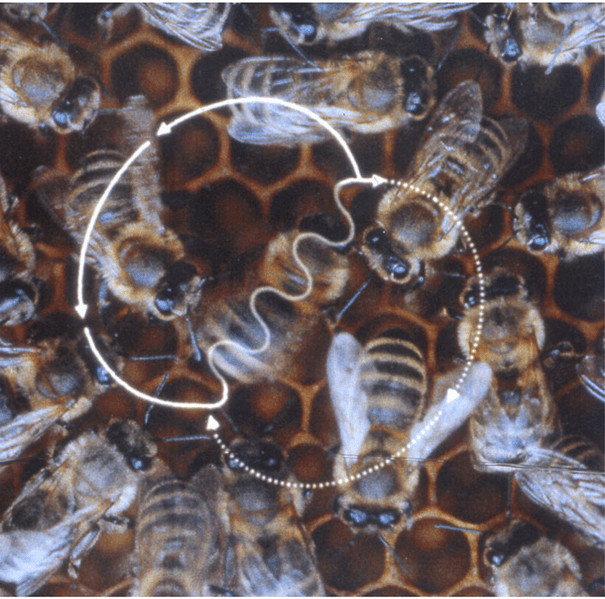Bees, often admired for their honey-making and pollination prowess, possess a sophisticated communication system that goes beyond simple buzzing. While we humans rely heavily on spoken and written language, bees utilize a fascinating method known as the Bee Dance to convey vital information to their colony. This intricate form of communication allows them to share details about food sources, hive needs, and even directions with remarkable precision.
 Golden Retriever Listening
Golden Retriever Listening
Just as a dog’s bark can alert us to a visitor, bees have developed their own unique “language” within the hive. This language, primarily expressed through dance, reveals the location and quality of resources necessary for the colony’s survival. Let’s delve into the captivating world of bee dances and explore the three main types: the Waggle Dance, the Round Dance, and the Tremble Dance.
The Waggle Dance: Mapping Distant Treasures
The waggle dance is arguably the most famous and complex of the bee dances. Performed in a figure-eight pattern, this dance is used to communicate the location of food sources that are further away from the hive, generally beyond 40 yards.
 Bee Waggle Dance Diagram
Bee Waggle Dance Diagram
Bees performing the waggle dance move in a straight line, waggling their abdomen from side to side, before circling back to the starting point to repeat the waggle run in the opposite direction. Scientists have discovered that the orientation of the waggle run in relation to the sun directly corresponds to the direction of the food source. Imagine the top of the hive as a compass; the angle of the waggle run indicates the direction bees need to fly relative to the sun’s position.
Furthermore, the duration and intensity of the waggle run are crucial for conveying distance. A longer waggle run with more vigorous waggling indicates a food source that is further away. Observing bees performing the waggle dance is akin to watching them draw a map to a floral treasure for their hive mates.
 Bee Waggle Dance Illustration
Bee Waggle Dance Illustration
The Round Dance: Announcing Nearby Finds
In contrast to the waggle dance, the round dance is employed when foraging bees discover food sources closer to the hive, typically within 40 yards. This dance is simpler, consisting of circular movements without the figure-eight pattern or the distinct waggle run.
Bees performing the round dance move in small circles, periodically changing direction. While the round dance doesn’t convey directional information as precisely as the waggle dance, it effectively alerts other bees to the presence of nearby food. It’s like a general announcement within the hive, signaling, “Food is close by!” Forager bees often perform this dance after returning to the hive and sharing their collected nectar or pollen, effectively saying, “Dinner is served, and it’s just around the corner!”
The Tremble Dance: Calling for Backup
The tremble dance is a less frequently observed but equally important bee dance. This dance is performed to communicate a different kind of need within the hive – the need for more receiver bees. Receiver bees play a vital role in unloading forager bees returning with pollen and nectar at the hive entrance.
During the tremble dance, a bee moves slowly across the honeycomb, shaking or trembling her body while turning approximately 45 degrees every minute. This dance can last for an extended period, sometimes up to 30 minutes. The tremble dance signals that the hive is experiencing a bottleneck in processing incoming resources. It’s a call for reinforcements, prompting more bees to transition into receiver roles and alleviate the workload at the hive entrance.
Understanding the nuances of the bee dance reveals the remarkable communication abilities of honey bees. These dances are not just random movements; they are a sophisticated language that ensures the efficient functioning and survival of the bee colony. By decoding these dances, we gain a deeper appreciation for the intricate social lives of these essential pollinators and the fascinating ways they interact with their world.

